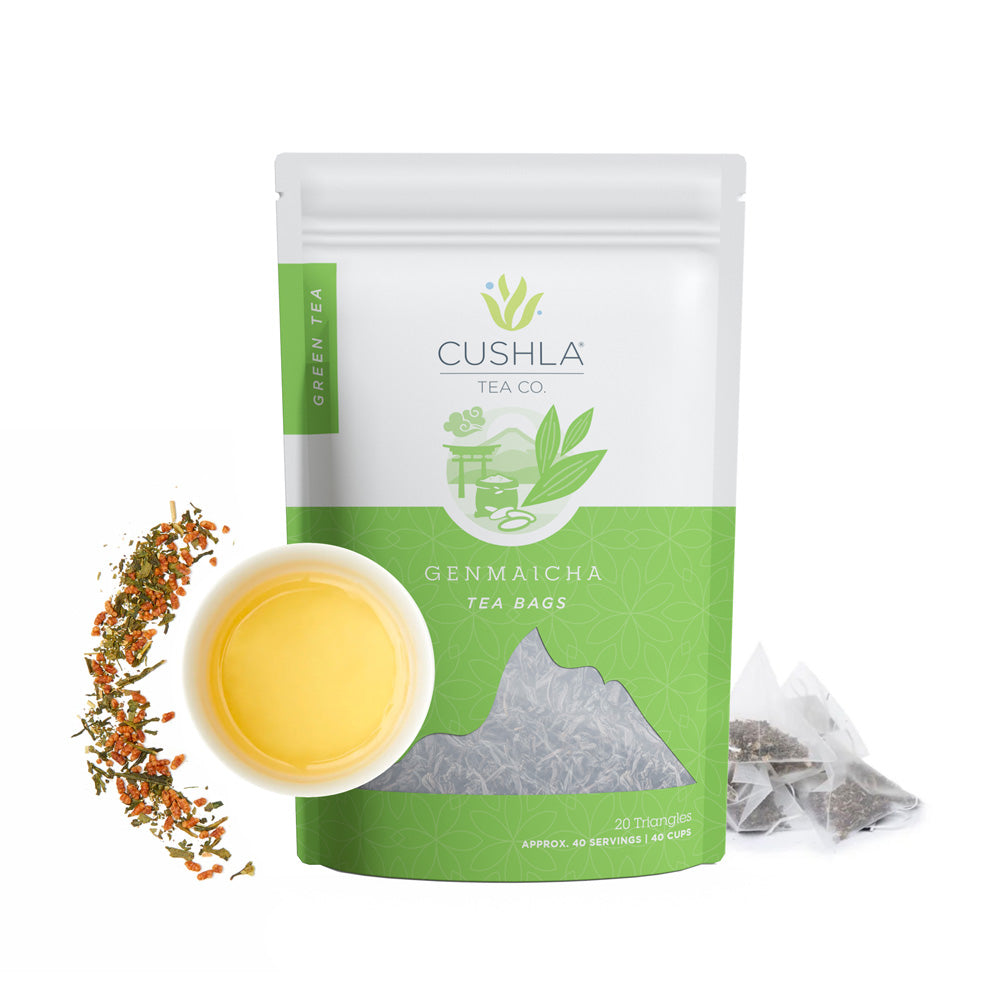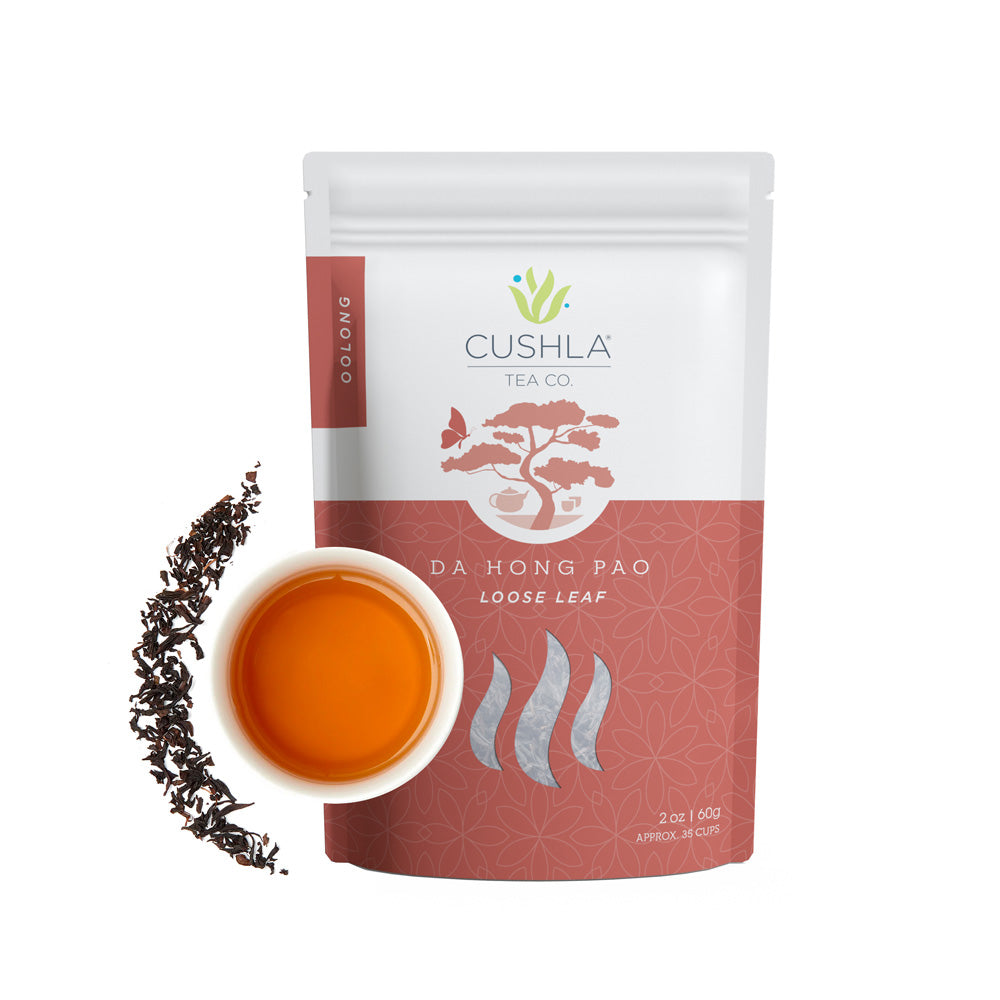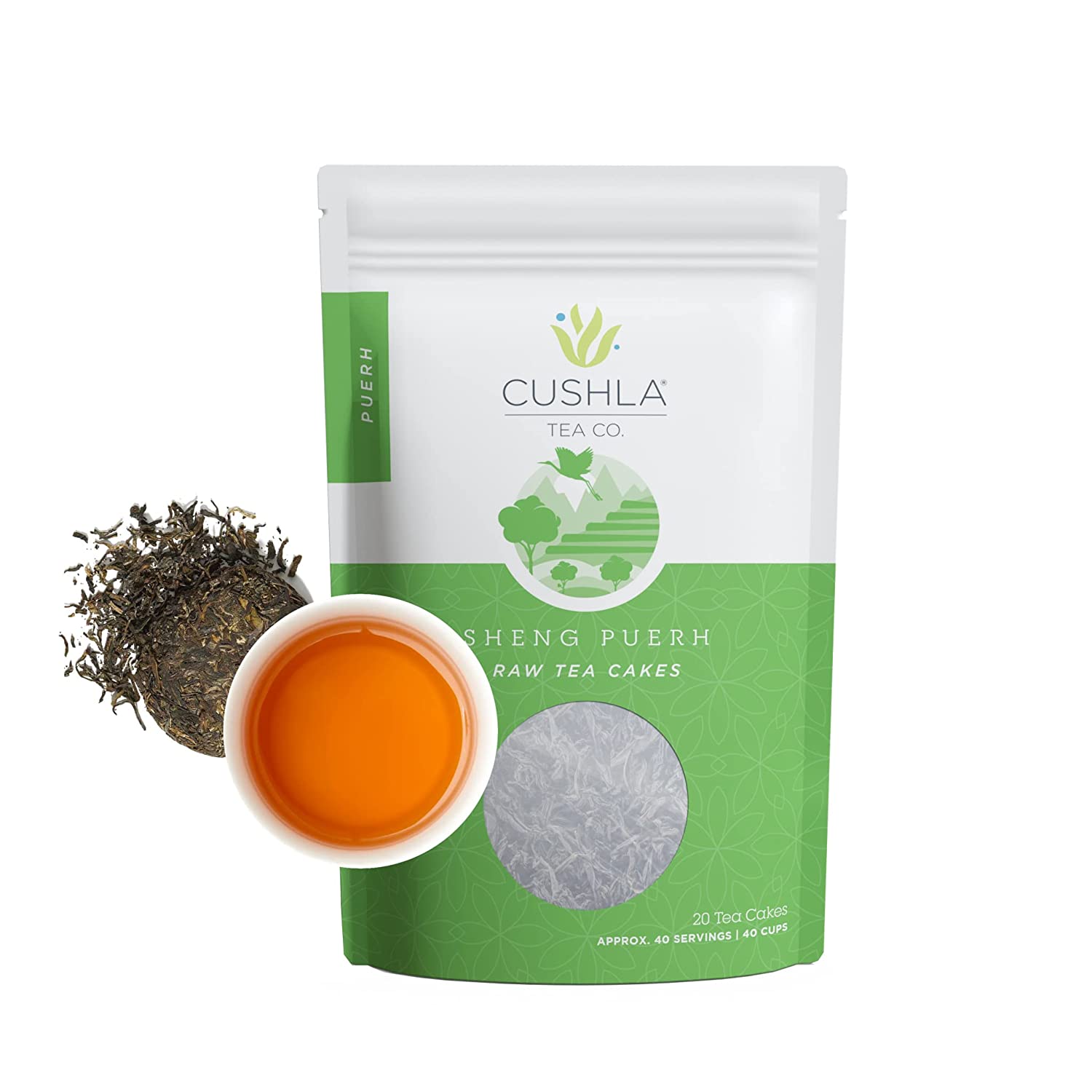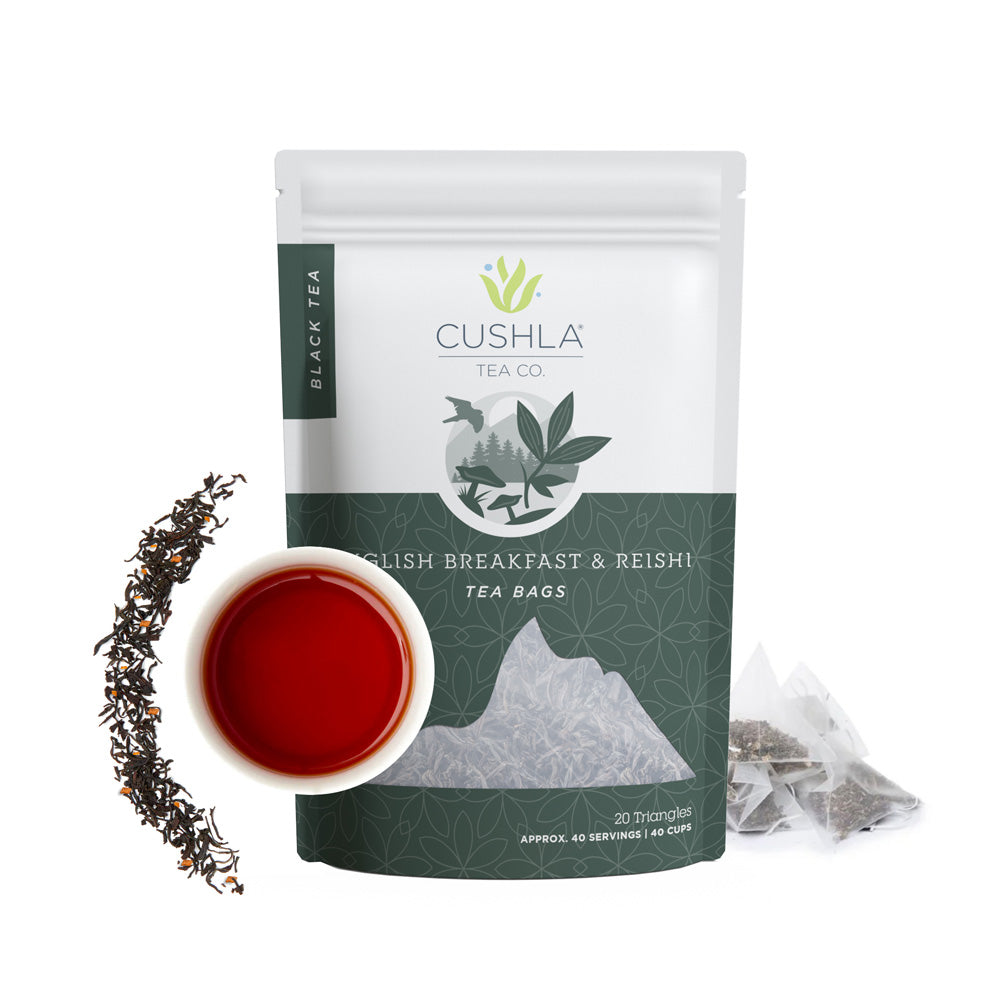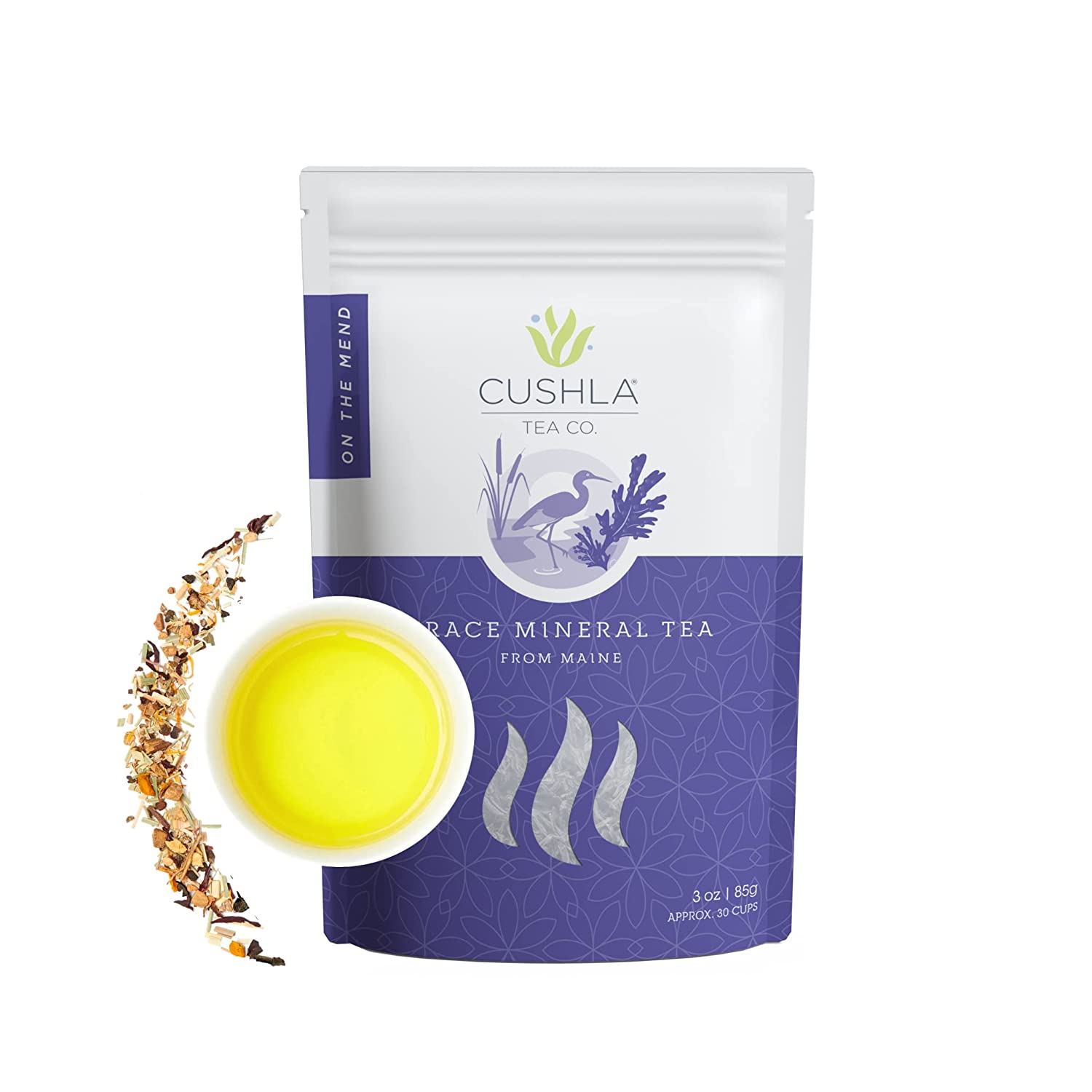Tie Guan Yin is one of the most popular types of oolong tea. Oolong teas are semi-oxidized, which puts them in a category of their own somewhere between green and black teas in flavor and appearance. Whats great is they contain both of the health benefits of green and black tea! The intricate level of oxidation creates a complex flavor profile. It also be roasted, adding to its complexity. Depending on the production process, Tie Guan Yin can be rich and floral, or deep and toasty.
Tie Guan Yin Tea originated in the Anxi region of Fujian China in the 19th century. This amazing oolong tea variety is still grown there today. The leaves are from the Tie Guan Yin tea plant variety, although others are sometimes also used. The leaves are rolled into a tight semi-balled shape, which slowly unfurl as you steep the tea in hot water. It is an aromatic tea that can be steeped several times, allowing the leaves to completely open up, and release their bouquet of flavors.
The Origin
Tie Guan Yin is an oolong tea with a very interesting history and backstory. Like any good story there is conflicting points of view, depending on who you ask. Tie Guan Yin translates to “Iron ‘Guanyin'” , Guanyin is know to be the Goddess of Mercy. The two legends associated with the origin of the tea are Wei and Wang. Before we get into the details you should know that this tea also goes by a few other names such as; Iron Goddess of Mercy, Ti Kuan Yin, Tieguanyin, Guanyin and Iron Buddha, many tea drinkers refer to it simply as TGY
Legend of Wei
In the center of Anxi Town, there was a neglected temple that had an Iron Statue of Guan Yin, the Bodhisattva of Compassion. Every day, an old farmer named Wei on his way to the tea fields would pass by the statue and think about how beautiful the temple was and how poorly it was kept. Something had to be done about this, he thought. Being a poor farmer, he didn’t have the resources to restore the temple.
Instead, he brought a broom and some incense, cleaned the temple and lit the incense as an offering for Guan Yin. “It’s the least I can do”. He did this task two times a month for many months.
While the farmer was sleeping one Night, Guan Yin appeared in to him in a dream and told him about a cave behind the temple where a treasure was waiting for him. He was to go collect the treasure and share it with others. When the farmer found the cave he went in and found a single tea bud. He planted this tea bud in his field and cultivated the plant until it became a large bush, from which he harvested the best tea. He gave a few sprigs of this rare plant to all his neighbors and began selling the tea under the name Tie Guan Yin.
Several years went by and Wei and all his neighbors prospered and the temple was restored and soon became a landmark for the region. Wei never stopped appreciating the beautiful temple.
Legend of Wang
There was an emperor of Qialong named Wang he was also a scholar He was a native of Xiping and one day he accidentally discovered the tea plant underneath the Guanyin rock in Xiping. He took the plant home, carefully tended to it and it began to grow. In the sixth year of Qianlong, Wang visited the Qianlong Emperor and offered the tea as a gift from his hometown.
The Emperor was so impressed with it’s strong, like iron, taste that he asked about its origin. Since the plant was found under the Guanyin rock, he decided to call it Guanyin Tea
Types
There are two main types of Tie Guan Yin: Anxi and Muzha. The names reflect the region and country where they are produced. Each area creates a very different style of tea. The Anxi style is green and floral, while the Muzha style is rich and roasty.
Anxi Type
Anxi Tie Guan Yin is produced in the Anxi area of Fujian province in China. In the Chinese production style the leaves are lightly oxidized, and gently roasted, if at all. The tea is rolled in a semi-balled style, and the appearance is quite green. Chinese Tie Guan Yin has a vibrant floral aroma, golden color, and a buttery, velvety texture. This style of tea is quite popular and easier to find.
Muzha Type
Muzha Tie Guan Yin is produced in the Muzha area of Taiwan. This tea is further oxidized, relative to Anxi, and slowly roasted. Rolled into a ball shape similar to the Anxi style, however the leaves are much darker in appearance with nutty, smoky, roasted notes. The liquid is a dark, coppery reddish brown. The flavor is much stronger and deeper than its greener, Chinese counterpart.
Taiwanese Tie Guan Yin
As mentioned above, Taiwan is known for the roasted, darker Tie Guan Yin tea. This type of plant was introduced to Taiwan 1920s and the more traditional, oxidized and roasted style was used to process the leaves. These teas are produced in Muzha, a region in the southern Wenshan District of Taipei City.
The leaves are oxidized for a longer period of time than the Anxi style, around 30%-40% and are usually finished with a charcoal roast. Processing the leaves in this way brings out nutty and stone fruit flavors.
You can find the Muzha style Tie Guan Yin tea here at Té Company. If you are looking for a lighter Tie Guan Yin tea, you can try our Mount Pyrus tea from Li Shan. While not exactly the same as an Anxi Tie Guan Yin, it has a similar fresh, aromatic profile.
Caffeine Content
Tie Guan Yin does contain caffeine, as it comes from the Camellia Sinensis plant. The caffeine content in tea varies with the processing.


